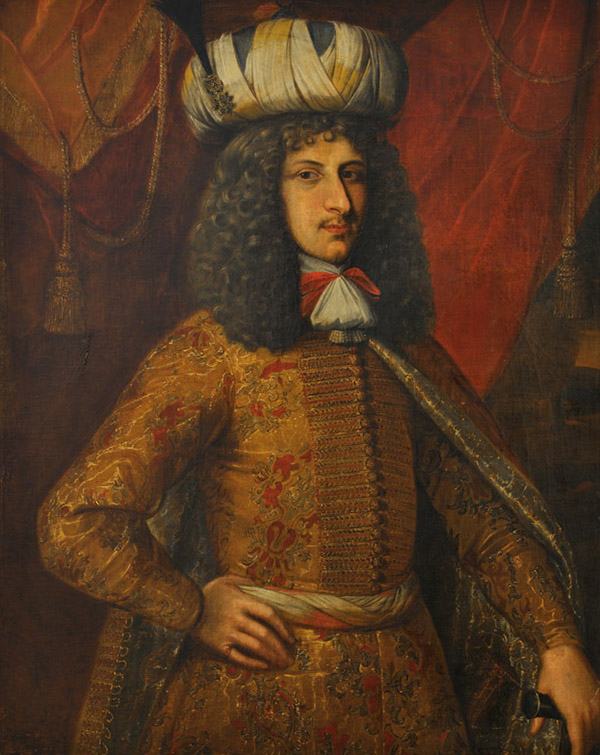
This copy is copyright protected.
Copyright © 2025 Geographicus Rare Antique Maps

Demitrie Cantemir (October 25, 1673 - August 21, 1723) was a Moldavian prince, historian, and polymath active in Moldavia and Istanbul. Cantemar served as voivode of Moldavia (March-April 1693 and 1710 - 1711). During most of the interim period (1687 - 1711), he lived as hostage or 'envoy' in Constantinople, though graciously in a private palace (illustrated here). There he learned Turkish and studied Ottoman history at the Patriarchate's Greek Academy. During this period, he composed his best-known work, the History of the Growth and Decay of the Ottoman Empire (originally in Latin, Historia Incrementorum Atque Decrementorum Aulae Othomanicae). This volume circulated throughout Europe in manuscript for years, before N. Tindal translated and published it in London in 1734. It remained the seminal work on the Ottoman Empire up to the middle of the 19th century; notably, it was used as a model for Edward Gibbon's Decline and Fall of the Roman Empire. Current scholarship has criticized Cantemir's sources as dubious. With Ottoman approval, he returned to power in Moldavia in 1710. His reign was marked by attempts to stabilize and modernize his principality. In 1711 he aligned Moldavia with Russia in the Russo-Turkish War (1710 - 1711), hoping to secure independence from the Ottomans. However, the alliance was unsuccessful, and after the Battle of Stănilești, Cantemir was forced into exile in Russia under the protection of Tsar Peter the Great. He died in 1723 in Dmitrovsk, Russia.
Copyright © 2025 Geographicus Rare Antique Maps | Geographicus Rare Antique Maps

This copy is copyright protected.
Copyright © 2025 Geographicus Rare Antique Maps